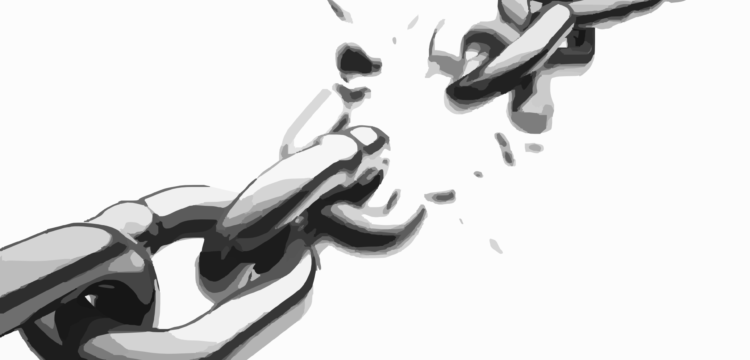Organizations need agility to survive in an increasingly VUCA environment (volatile, uncertain, complex and ambiguous). They need to develop capabilities to sense the environmental shifts, assess the implications on their business and act accordingly. And they need to do all this together and very fast. Digital technologies promises to enable them to become agile. Agility is a process centered construct and digital driven enterprise- a connected, smart and intelligent enterprise, is the future.
The biggest enemy of a digital enterprise are the broken processes. For ages, a truly process-centric organization, which transcends the functional divide, has remained an unfulfilled dream. Organizations have evolved on the principals of distribution of labor based upon the nature of task and specialization. This has created silos, which operate as separate entities, only shaking hands from a distance. This specialization and the related economic rationale has defined what remains within an organization’s boundary and what is outsourced.
The marketing, customer service and the production functions, each operate in their own silos with their own processes, which often lack integration. They are all working towards finding, serving and retaining the same customer but in their own ways. Huge structural mechanisms have been created to integrate them together. But structural mechanisms have their own limitations and the gap remains.
I recently received a mail from my telecom service provider for a post-paid offer. The irony is that I am already a post-paid customer with two connections. It seems the process of acquiring new customers is not well integrated with the customer database, in other words the right hand does not know what the left hand is doing. I had another incident with my bank where I requested for generation of a new telephone pin. I made that request at the local branch and to my utter surprise, it took the bank three requests and four months to deliver my TPIN. Finally, the staff at the local branch requested it to be sent to them instead of me. I understand that the process broke somewhere. And that broken process may mean that the bank loses customers.
I am sure, there are multiple such examples, which each one of us is experiencing day in and day out with our banks, telecom operators, hospitals etc.
The process breaks can happen in three broad domains- within function, across functions and across enterprises.
1. Within Function
When processes within a particular function break, the functional capability suffers. E.g. when the lead generation process is not integrated well with the sales function, many leads may fall through the crack. I have seen umpteen examples, where manual interventions to integrate the two fail miserably. The mail I received from the telco is an example of such a break. Similar examples can be cited from other functions, e.g. when inventory process is not integrated with the work in progress process, a real time stock situation cannot be ascertained. Another example can be the process of bank reconciliation, which is done by importing transactional data into excel and analyzing it.
2. Across Functional Boundaries
When the process break happens across two or more functions in the same organization, the organizational capability suffers. E.g. when the production processes are not well integrated with inventory and the financial processes, the organizational decision making suffers. It may negatively impact the capability of an organization to become a cost leader. This is a typical situation in most of the organizations.
3. Across Enterprise Boundary
When processes between an organization and its partners, distributors, suppliers and institutions break, an ecosystem level capability suffers. E.g. in order to drive production with lean inventory and reduce downtime due to quality of the input material, a seamless process linkage with the suppliers is required. This may in turn impact an organization’s ability to reduce time to market and gain cost leadership.
Digital technologies enable communication between people, processes, machines and objects, thus providing solutions to the problem of process integration. The biggest advantage of digital is that they can create seamless processes within and across organizational functions and across the organizational boundary.
Businesses need to continually review the process breaks at different levels and their likely impact on the organizational capability to compete in an increasingly VUCA environment.
For More Insightful Blogs Visit Leading Digitally, Maximum Governance or CIO Leading Change

